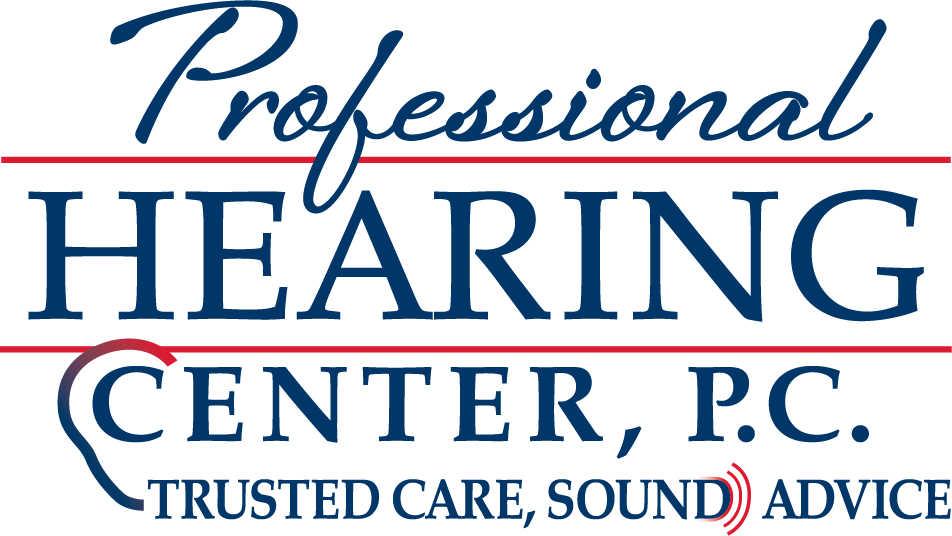
Have you ever seen the “Beware of Sharks” sign when you’re at the ocean? It’s not exactly a sign you disregard. You might even reconsider swimming at all with a sign like that (if the sign is written in big red letters that’s especially true). But people usually don’t heed cautions about their hearing in the same way for some reason.
Recent research has found that millions of individuals neglect warning signs when it comes to their hearing (there’s no doubt that this is a global problem, though this research was specifically done in the United Kingdom). Knowledge is a huge part of the issue. Fear of sharks is pretty intuitive. But most people don’t have an overt fear of loud noises. And how do you know how loud is too loud?
We’re Surrounded by Dangerously Loud Sounds
Your hearing isn’t just in peril at a live concert or construction site (although both of those venues are, indeed, hazardous to your hearing). There are potential dangers with many common sounds. That’s because it’s not just the volume of a sound that presents a danger; it’s also how long you’re exposed. Your hearing can be injured with even low level sounds like dense city traffic if you’re exposed to it for more than two hours at a time.
keep reading to find out when sound gets too loud:
- 30 dB: This is the volume level you would find in everyday conversation. You should be just fine at this volume for an indefinite period.
- 80 – 85 dB: This is the sound level of heavy traffic, lawn equipment, or an air conditioner. After about two hours this level of sound becomes dangerous.
- 90 – 95 dB: Think of the noisiness of a motorcycle. 50 minutes is enough to be dangerous at this volume.
- 100 dB: This is the amount of sound you might encounter at a mid-size sporting event or an oncoming subway train (depending on the city, of course). 15 minutes of exposure will be enough to be unsafe at this sound level.
- 110 dB: Do you ever crank the volume on your earpods up as high as it will go? That’s usually around this volume on most smartphones. This level of exposure is dangerous after only 5 minutes of exposure.
- 120 dB and over: Any sound over 120 dB (think loud rock show or very large sports events) can produce immediate injury and pain in your ears.
What Does 85 Decibels Sound Like?
In general, you should regard anything 85 dB or above as putting your hearing in danger. But it can be difficult to know how loud 85 dB is and that’s the problem. A shark is a tangible thing but sound isn’t so tangible.
And hearing warnings commonly get neglected for this reason when the sound environment isn’t loud enough to cause pain, this is particularly true. There are a couple of possible solutions to this:
- Sufficient training and signage: This goes for the workplace, in particular. Signage and training can help reinforce the real risks of hearing loss (and the advantages of hearing protection). Also, just how noisy your workspace is, can be clarified by signage. Helping employees know when hearing protection is suggested or required with appropriate training can be really useful.
- Download an app: There isn’t an app that will immediately safeguard your ears. But there are a few sound level metering apps. Injury to your ears can happen without you realizing it because it’s difficult to recognize just how loud 85 dB feels. The answer, then, is to have this app open and keep track of the sound levels around you. Utilizing this strategy will make it more instinctual to recognize when you are going into the “danger zone”. (and you will also discern right away when things are getting too loud).
When in Doubt: Protect
Apps and signage aren’t a foolproof solution. So take the time to protect your ears if you are in doubt. Noise damage, over a long enough time period, can lead to hearing loss. And nowadays, it’s never been easier to harm your ears (it’s a straight forward matter of listening to your tunes too loudly).
If you’re listening to headphones all day, you should not turn up the volume past the half way. You require noise blocking headphones if you are continually cranking up the volume to block out background sound.
So when volume becomes too loud, it’s essential to acknowledge it. Raising your own understanding and awareness is the answer if you want to do that. Safeguarding your ears, wearing earplugs, earmuffs, or reducing your exposure, is easy enough. That begins with a little recognition of when you should do it.
Today that should also be easier. Particularly now that you know what to look for.
Schedule a hearing examination right away if you think you might be suffering from hearing loss.
